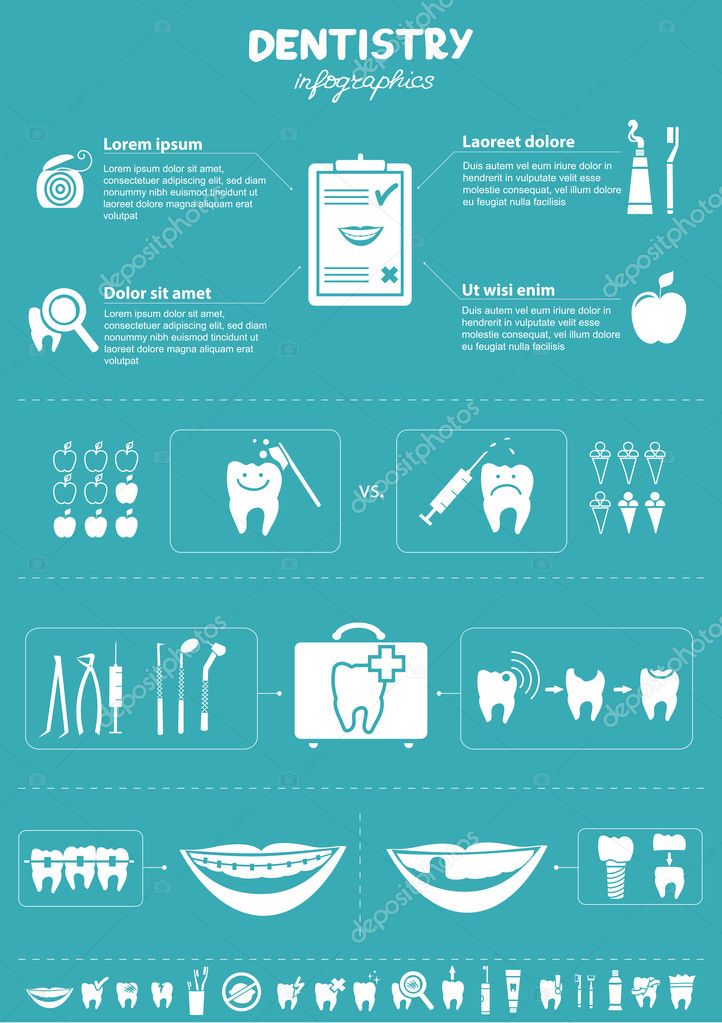The Innovation Of Dental Surgery: Pioneering Advancements And Proceeds Specifying The Field
The Innovation Of Dental Surgery: Pioneering Advancements And Proceeds Specifying The Field
Blog Article
Composed By-Johannsen Maloney
Invite to the globe of oral surgery, where developments and advancements are shaping the future of the field! In this interesting world, you'll witness the transformative power of robotics, the advanced marvel of 3D printing, and the game-changing influence of minimally intrusive methods.
The future of oral surgery holds an assurance of accuracy, effectiveness, and boosted client end results. With the help of innovative robotics, cosmetic surgeons are able to carry out intricate procedures with higher accuracy and control.
3D printing technology is revolutionizing the creation of dental implants and prosthetics, using personalized solutions that fit seamlessly into each person's distinct composition.
Additionally, minimally invasive strategies are minimizing post-operative pain and healing time, permitting individuals to return to their daily lives quicker.
Prepare to discover the interesting innovations and developments that are reshaping the landscape of dental surgery!
Improvements in Robotics
One significant advancement in oral surgery is making use of robot innovation, which enables accurate and effective surgeries. With the help of robot systems, dental doctors have the ability to carry out intricate surgical treatments with enhanced precision, lessening the threat of human error.
These robotic systems are geared up with advanced imaging modern technology and accurate instruments that enable cosmetic surgeons to browse through detailed anatomical structures easily. By utilizing robotic technology, surgeons can achieve better medical accuracy, leading to improved person results and faster healing times.
Additionally, making use of robotics in oral surgery enables minimally invasive procedures, decreasing the injury to bordering tissues and advertising faster recovery.
3D Printing in Oral Surgery
To improve the field of oral surgery, you can discover the subtopic of 3D printing in dental surgery. relevant web page has the potential to reinvent the method dental specialists run and treat individuals. Here are 4 key ways in which 3D printing is shaping the field:
- ** Customized Surgical Guides **: 3D printing allows for the creation of very precise and patient-specific surgical overviews, boosting the accuracy and effectiveness of treatments.
- ** Implant Prosthetics **: With 3D printing, dental specialists can develop tailored dental implant prosthetics that perfectly fit a patient's distinct composition, resulting in much better results and patient complete satisfaction.
- ** Bone Grafting **: 3D printing allows the manufacturing of patient-specific bone grafts, decreasing the requirement for conventional implanting techniques and improving recovery and recuperation time.
- ** Education and Training **: 3D printing can be used to create reasonable surgical models for educational purposes, enabling dental specialists to exercise intricate treatments before doing them on people.
With its possible to boost precision, customization, and training, 3D printing is an interesting growth in the field of oral surgery.
Minimally Invasive Methods
To even more advance the area of dental surgery, accept the capacity of minimally invasive techniques that can considerably benefit both cosmetic surgeons and clients alike.
Minimally intrusive techniques are changing the area by lowering surgical trauma, lessening post-operative pain, and increasing the recuperation process. These methods include using smaller cuts and specialized instruments to do procedures with precision and performance.
By utilizing sophisticated imaging technology, such as cone light beam calculated tomography (CBCT), cosmetic surgeons can properly prepare and implement surgical procedures with very little invasiveness.
In addition, the use of lasers in dental surgery enables exact tissue cutting and coagulation, causing decreased bleeding and minimized recovery time.
With minimally dr traver , individuals can experience faster recovery, decreased scarring, and enhanced results, making it an important element of the future of oral surgery.
Final thought
So, as you can see, the future of dental surgery is incredibly promising, with exciting innovations and breakthroughs forming the field.
From the developments in robotics to making use of 3D printing and minimally intrusive techniques, oral surgeons are changing the method they give care.
While some may stress over the prospective expense associated with these developments, it is necessary to keep in mind that these modern technologies eventually enhance person outcomes and minimize healing time, making them well worth the investment in the future.
